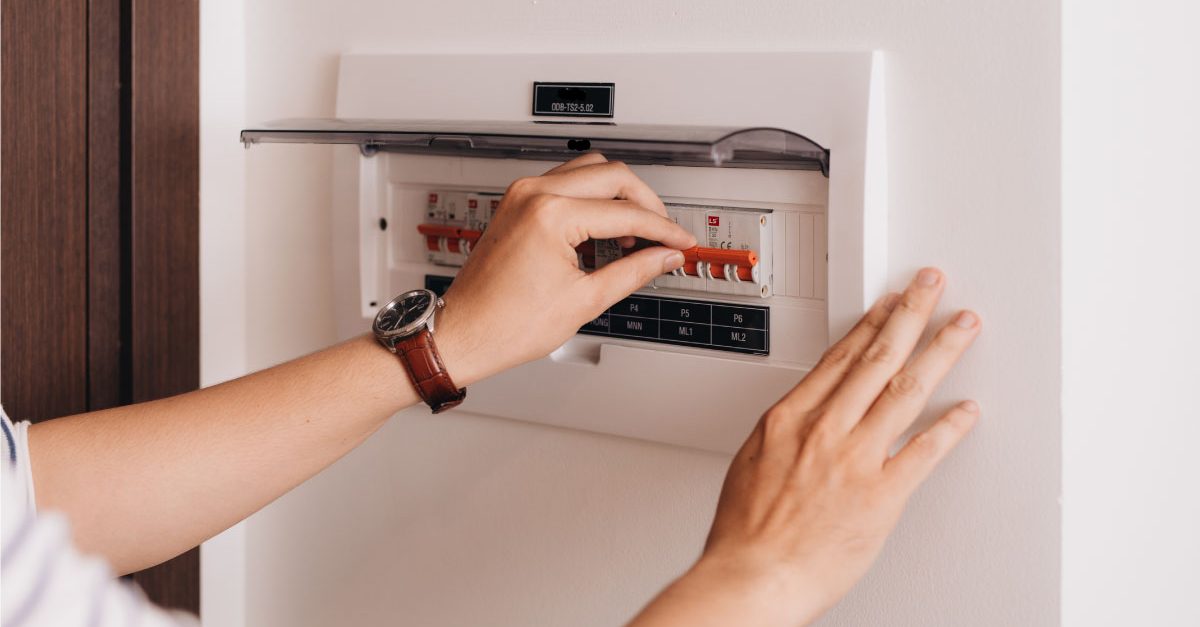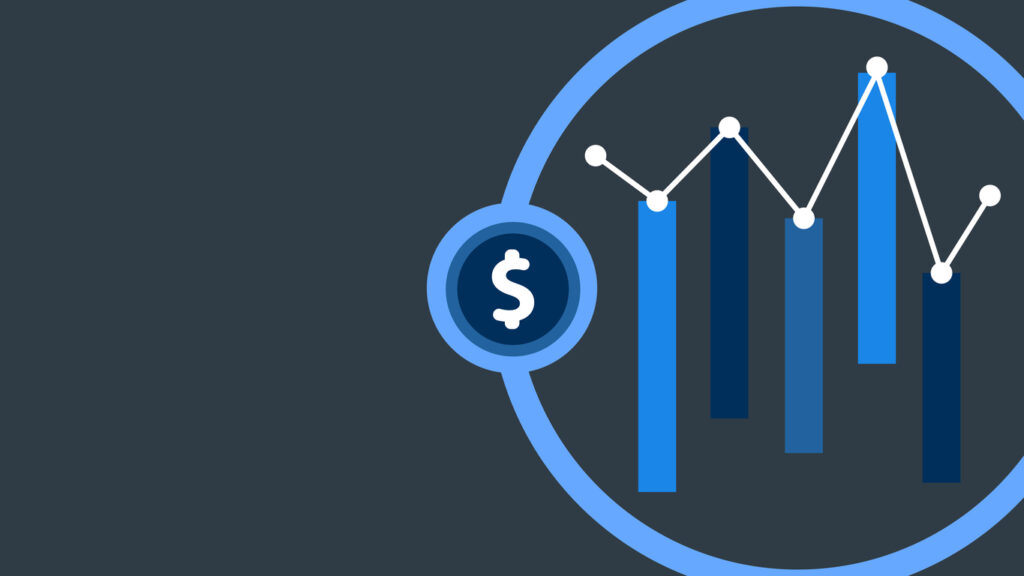Policy leaders and building professionals are working to reduce fossil fuel pollution with new energy and building codes and practices
Despite commercial building sector slowdowns due to COVID, states have pressed forward with new construction programs for climate protection. California is leading the way. New York, Washington, Massachusetts, Maine, and Colorado are following with new building codes reducing fossil fuels and incentivizing all-electric buildings.
What Is An All-Electric Building?
No matter which buzzword is used – all-electric building, decarbonization building, or beneficial electrification building – this type of building utilizes electricity instead of natural gas. All-electric buildings and homes use electric furnaces, boilers, water heaters, heat pumps, and other appliances.
According to the U.S. Energy Information Administration (EIA), buildings are responsible for nearly 40% of U.S. carbon dioxide emissions. Policy leaders have admitted that reliance on natural gas in buildings plays a dramatic role in warming the planet. Eliminating these emissions will limit global warming by 1.5 degrees Celsius.
Is Electricity Cleaner Than Natural Gas?
Doesn’t electricity generated from coal plants contribute to global warming? No doubt this was the case in the past, but the grid is becoming cleaner. While fossil fuels still dominate electricity generation in the U.S. (60%), a transition is underway to source more electricity from wind, solar, and other renewable sources. A 100% renewable energy grid is not unforeseeable. Already in 2015, 25% of U.S. homes were all-electric. The infrastructure costs for aging gas lines outmeasures the inexpensive costs of renewables — making all-electric building attractive to builders, developers, and owners alike.
So what technology is at the forefront of electrification?
The Future Is Heat Pumps for Heating and Water
Electric heat pumps have existed for decades, but recent improvements make them tough to beat. Heat pumps now work better in colder regions and offer lower running costs, less maintenance, improved safety, and a longer lifecycle than furnaces or boilers.
A heat pump is a versatile and efficient heating and cooling system. It works by absorbing thermal energy from the ground and air outdoors. The air is further heated using a compressor and a circulating liquid coolant. The heat is sent to hot water circuits throughout the building.
The pump cycle can be reversed during warmer weather, so the same unit can be used during all seasons. While initial costs may be higher, the equipment uses less space and the cost to run a gas line is avoided.
With upgrades in grid infrastructure and the increasing cost of natural gas, manufacturers are ramping up to meet demands for more heat pumps. Heat pump water heaters are growing in popularity, too. These pumps provide cost-effective thermal storage and support the electric grid through intelligent communications by using less power during peak hours. Rocky Mountain Institute is demystifying cost details and installation for developers and contractors with their recent report, Heat Pumps for Hot Water.
Solar Panels Will Be Used More
The demand for solar is huge, with businesses, homeowners, and developers taking advantage of federal tax credits. While solar panel sales fell slightly last year due to the pandemic, 2021 is showing a robust recovery. Congress extended the renewable energy tax credit for the next two years. This tax credit is motivating builders to step up their sales strategy and collect leads for the next couple of years.
In the past, solar may have seemed like a green luxury expense. But now, prices have been cut by more than half in the previous decade. Installation has become easier too – so, likewise, installation prices have fallen. Furthermore, solar not only reduces the electric bill for owners, but it also increases the value of a home — on average, by $15,000. Commercial buildings with solar also sell for higher prices, resulting in a potential 200%+ return for owners.
Electric Appliances – New and Improved
Electrification would not be complete without talking about electric appliances, such as the shiny, new induction stove. An induction stove offers increased safety (only working when a magnetic pan is placed on the surface), precise temperatures, faster cooking times, and is twice as energy-efficient as a gas stove. On top of those benefits, induction stoves mitigate the release of carbon dioxide, nitrogen oxides, and particulate matter, which exacerbate asthma, and are all released with natural gas cooking.
All-Electric Building Trends Are Here To Stay
Both commercial and residential properties owners and builders are following energy-efficient and green building programs. According to Rewiring America, going all-electric in construction will create jobs, reduce emissions in half, and save owners thousands of dollars.
In addition to cost savings, building electrification re-energizes designers, architects, and construction firms to re-imagine hotels, convention centers, office buildings, and homes from the ground up. All-electric building provides owners with benefits for years to come. Even in states where climate protective policies lag, builders still are considering a shift to environmentally-friendly construction practices to satisfy this leading industry trend.
Related reading: Glass and Glazing: What’s Leading Glass Industry News





